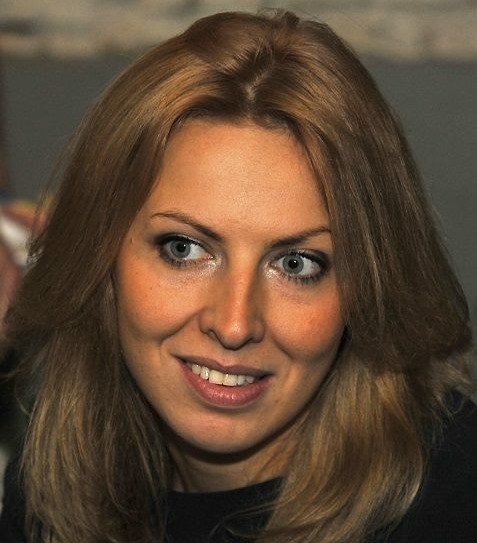Capabilities as an Indicator of Poverty

Using a multidimensional approach, sociologists from HSE University have identified some vulnerable categories of the population that have rarely been the focus of research on poverty. According to their calculations, pensioners and people with disabilities also fall into the ‘poor’ category. The study was published in the Russian Journal of Economics.
Sociologists Elena Nazarbayeva, Alina Pishnyak, and Natalia Khalina from HSE University presented a fresh angle on the measurement of poverty. They studied data from the Selective Monitoring of the Population's Income and Participation in Social Programmes for 2017 (VNDN–2017) using the Multidimensional Poverty Index (MPI).
The Multidimensional Poverty Index is a comprehensive way of measuring poverty. Monetary approaches are based only on the amounts of money a person or a family has, while non-monetary ones take into account other criteria, such as a lack of necessary resources or social isolation. The MPI makes it possible to leverage both monetary and non-monetary indicators.
This approach was established by economist Amartya Sen, who was the first to formulate the idea that poverty is not just a lack of money, but rather a lack of capabilities. According to his theory, social development should lead to an expansion in the range of people's capabilities. If such capabilities are inexistent or insufficient, a person or household can be considered poor.
The researchers calculated the Multidimensional Poverty Index in two stages. First, a set of deprivations that can affect a person or family was identified. They also established criteria that made it possible to determine whether a person actually faces each of these problems. For instance, for a deprivation such as ‘overdue utility bills,’ the following criterion can be used: ‘had overdue utility bills once or more over the past year.’
The most common problem for the Russian population was the inability to replace old or dilapidated furniture. According to VNDN–2017, this situation was typical for 64% of all Russians. Such deprivations as being unable to purchase two pairs of suitable seasonal footwear for each family member (43%) and to spend one week a year on vacation away from home (40%) were less common, but still quite frequent.

There were also relatively rare ones: less than 1% of the respondents mentioned that they lived in a dormitory or communal apartment, and less than 1% stated that they had no opportunity to purchase a television, refrigerator, or phone.
Once the problems were identified, the researchers grouped them into several domains. As a result, they obtained 11 groups that combined deprivations related to health, nutrition, education, satisfaction of basic needs (the possibility to ‘get by,’ the presence of overdue utility bills), purchase of clothing and footwear, availability of basic durable goods (eg washing machines, refrigerators), major purchases (such as a cars or furniture), access to means of communication (having a computer, a phone), and income.
When calculating the index, a weighting factor was introduced for each domain. The higher the weight, the more significant the influence of the domain on the overall index. The weight coefficients were presented as fractions of one, so their combined sum was less than or equal to one in each case. This approach makes it easy to interpret the significance of domains. There are some examples of studies where the coefficients were based on the conclusion of experts or mathematical calculations. When building the MPI with Russian data, the researchers assigned equal weights to all domains. The weight of each domain was evenly distributed across all deprivations included in it.
After that, the total sum of weights of deprivations faced by each person or family in the sample was calculated. The result was compared to a certain poverty line. The threshold was set to keep the share of the poor similar to the relative level of poverty by income—60% of the population's median disposable income. If the sum of deprivation weights was above this threshold, the person or household was considered ‘poor’.
Based on this approach, the researchers concluded that the share of the poor in Russia’s population according to the MPI criteria is 24.8%. At the same time, the application of the absolute monetary poverty criteria used by official Russian statistics uses to the same data led to estimating poverty at 13.0% of the population.
Comparing the index values for different population categories, the researchers showed that it was higher—just like the monetary poverty indicators—among rural residents, children, and families with children (families with multiple children have the highest index values), large households and their individual representatives, unskilled laborers, employees working in the informal sector, and those with a low level of education. At the same time, the MPI includes pensioners and senior citizens, as well as disabled people, in the list of categories with the highest poverty risks.

Alina Pishnyak, co-author of the study, Head of the Centre for Studies of Income and Living Standards
'In Russia, a combination of monetary and non-monetary estimates in poverty analysis can be used, for example, to address social policy issues. It allows us to account for categories of people that were not considered vulnerable before. In this area, the MPI will be instrumental both for assessing poverty and verifying people’s need. This approach is applicable for calculating social benefits for children, as well as payments for pensioners and people with disabilities.'
The project was implemented with the support of the Human Capital Multidisciplinary Research Centre.

